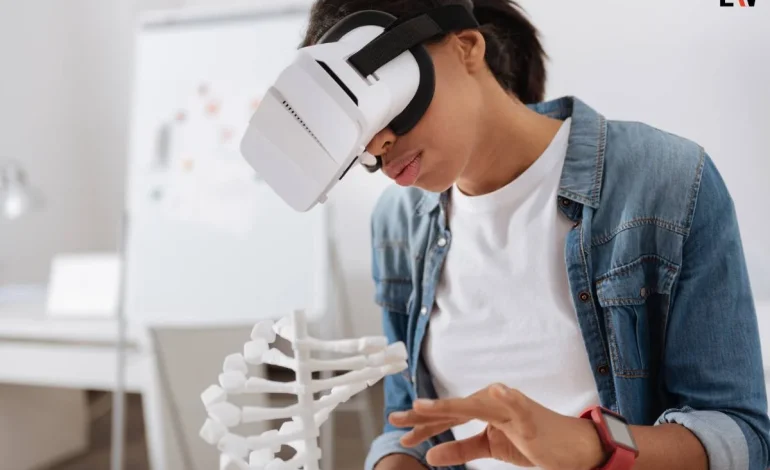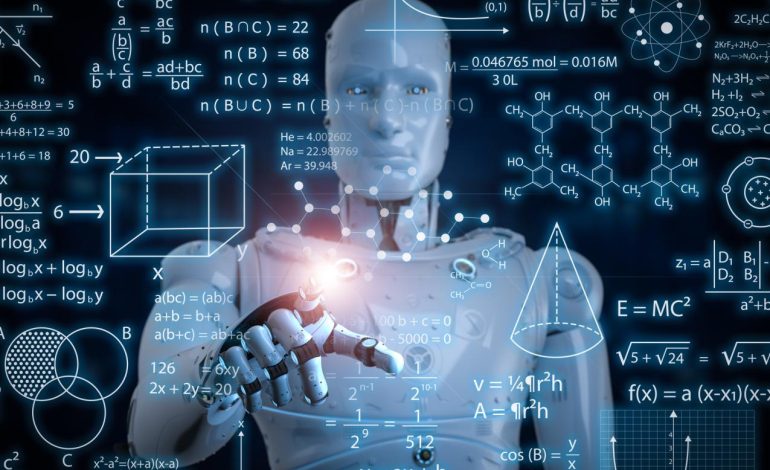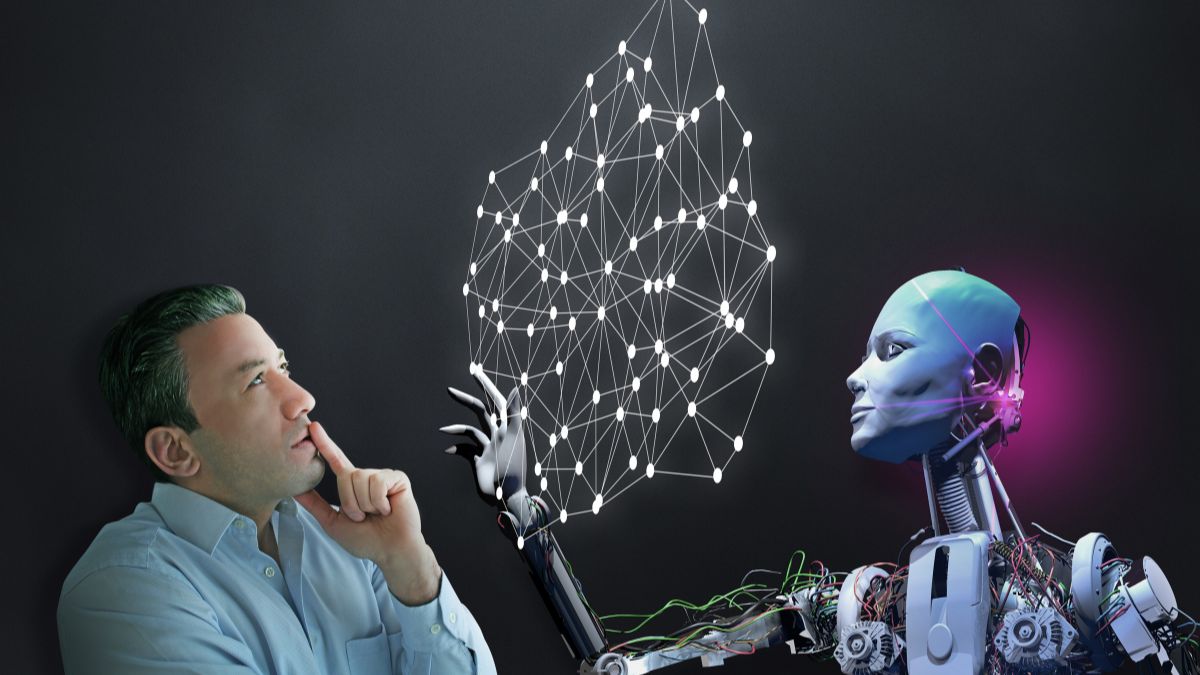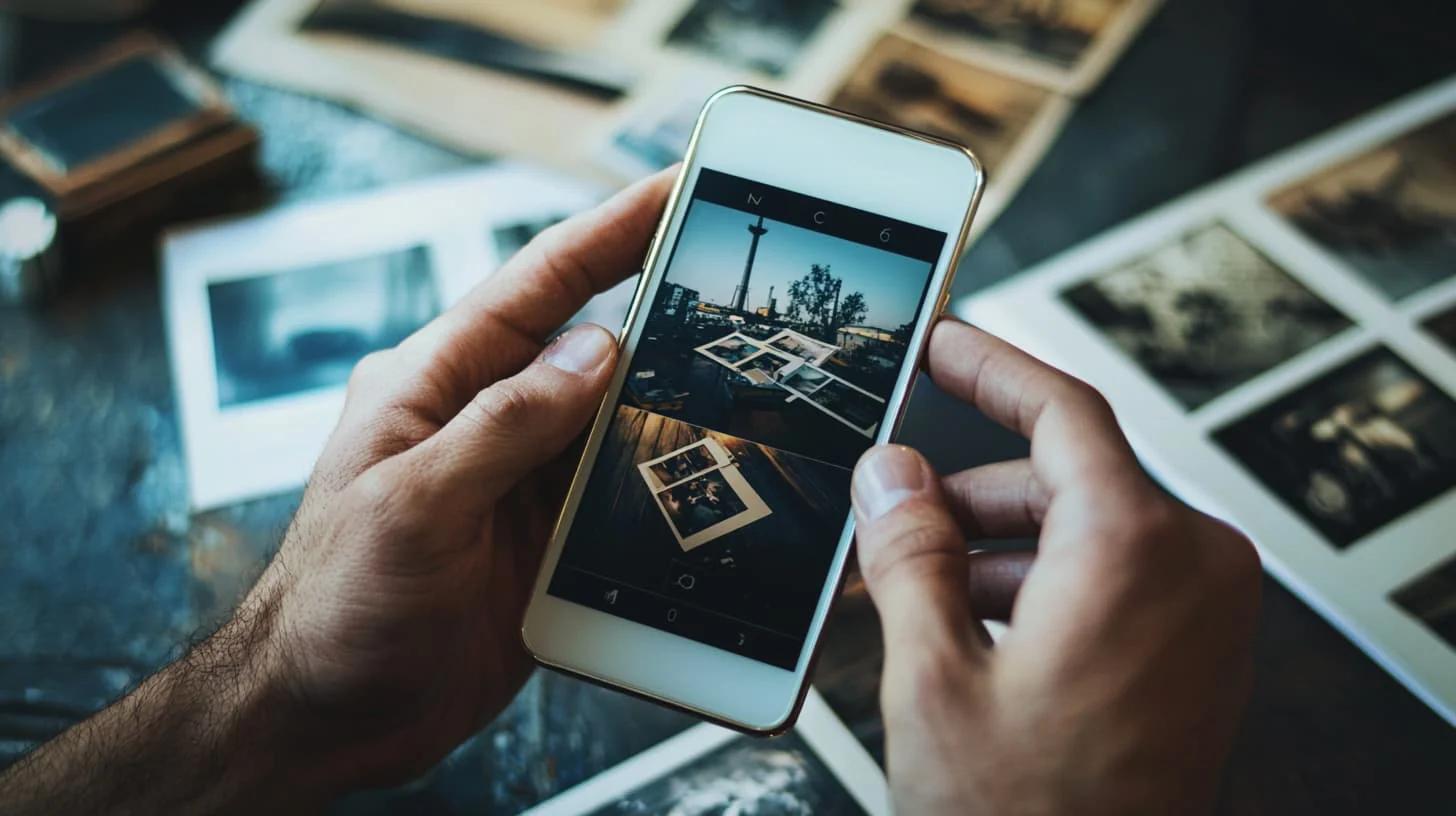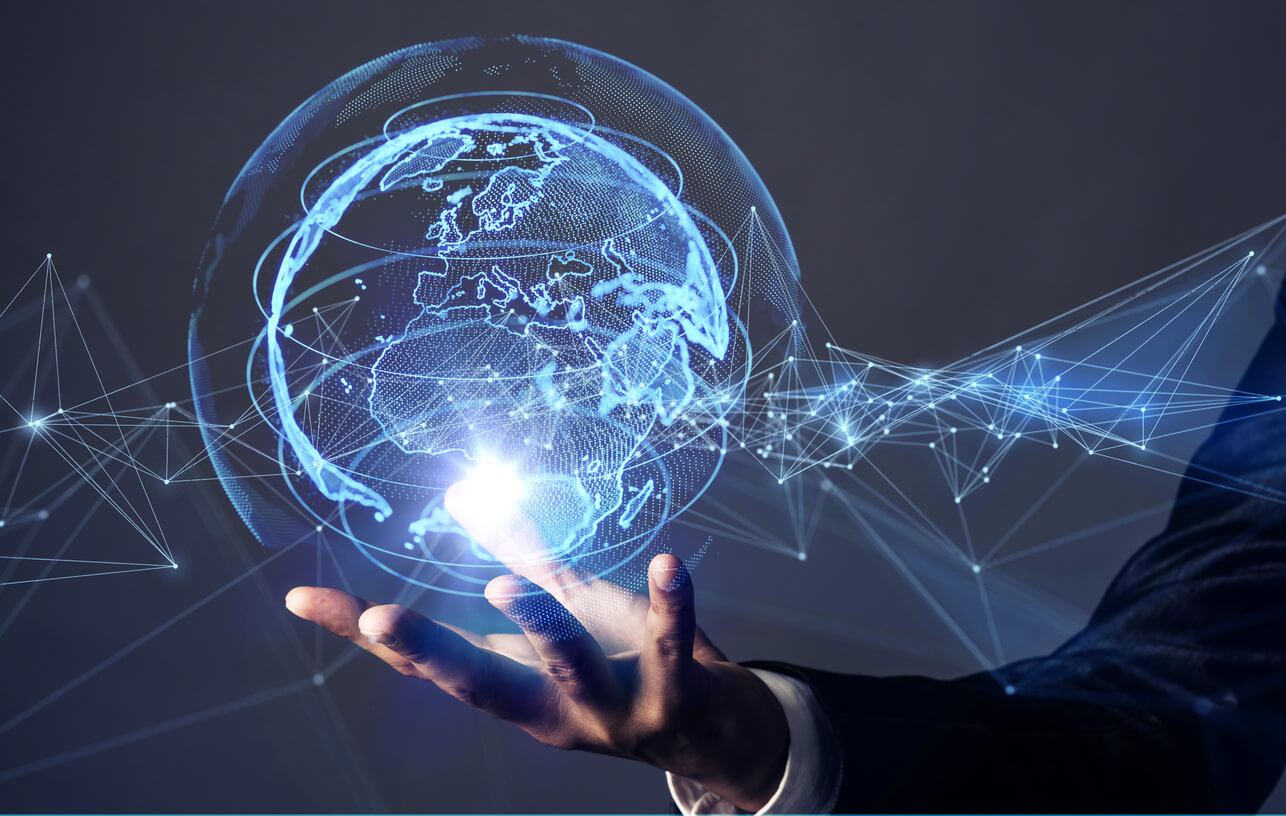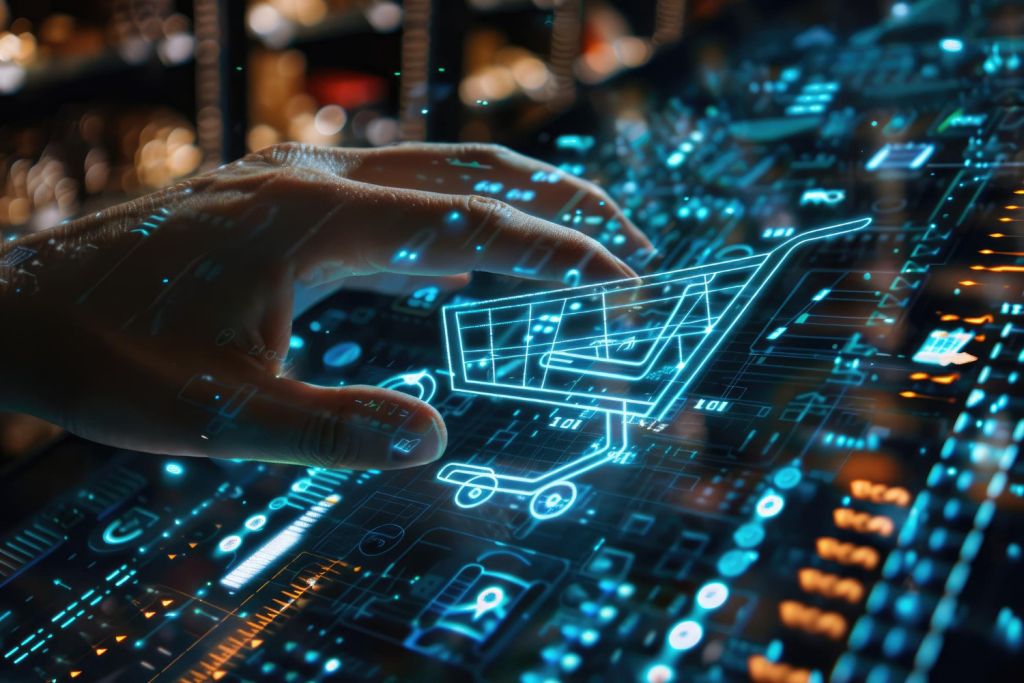The Rise of Generative AI: Transforming the Digital World One Algorithm at a Time
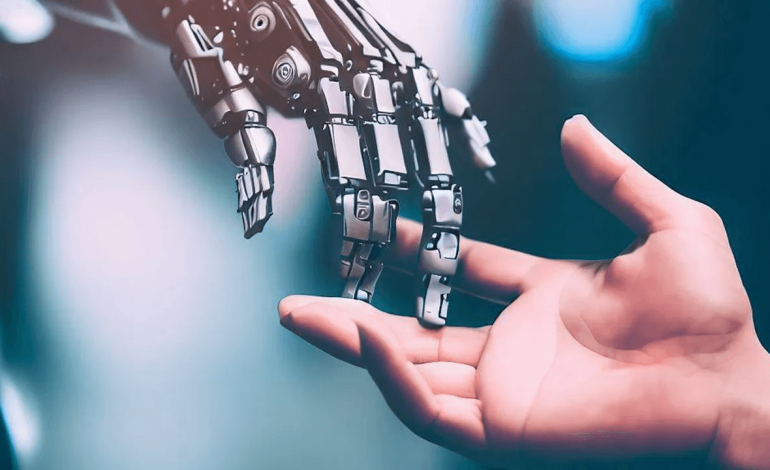
Over the past few years, one term has dominated conversations across the tech world: Generative Artificial Intelligence (AI). From chatbots that write essays to tools that design logos, compose music, and generate code, generative AI is reshaping industries at lightning speed. What once seemed like science fiction is now becoming a cornerstone of modern digital life.
But beyond the buzzwords and viral demos lies a profound shift in how humans interact with technology, create content, and solve problems. Generative AI is not just another tool—it’s an evolution of computing itself.
What Is Generative AI?
Generative AI refers to systems that can create new content—text, images, videos, sounds, or even software code—by learning patterns from existing data. Unlike traditional AI models, which simply analyze or classify information, generative models produce original output based on learned structures.
The technology behind these systems is typically based on large language models (LLMs) or generative adversarial networks (GANs).
-
LLMs, like OpenAI’s GPT models or Google’s Gemini, are trained on massive datasets of human language, enabling them to understand and generate text that feels natural and contextually relevant.
-
GANs, on the other hand, are used to generate images, videos, or synthetic data by having two neural networks—one generating content and the other evaluating it—compete to improve realism.
Together, these advancements are blurring the line between human and machine creativity.
How Generative AI Is Changing Industries
1. Content Creation and Media
In the creative industries, generative AI is revolutionizing how stories, advertisements, and visuals are produced. Platforms like ChatGPT, Midjourney, and Runway allow creators to generate ideas, images, and video scripts in seconds.
-
Writers use AI to draft articles, marketing copy, or even novels.
-
Designers leverage AI tools to create brand assets or mockups instantly.
-
Filmmakers are experimenting with AI for storyboarding, special effects, and post-production editing.
This doesn’t mean human creativity is obsolete. Instead, AI acts as a co-creator, accelerating workflows and expanding the boundaries of imagination.
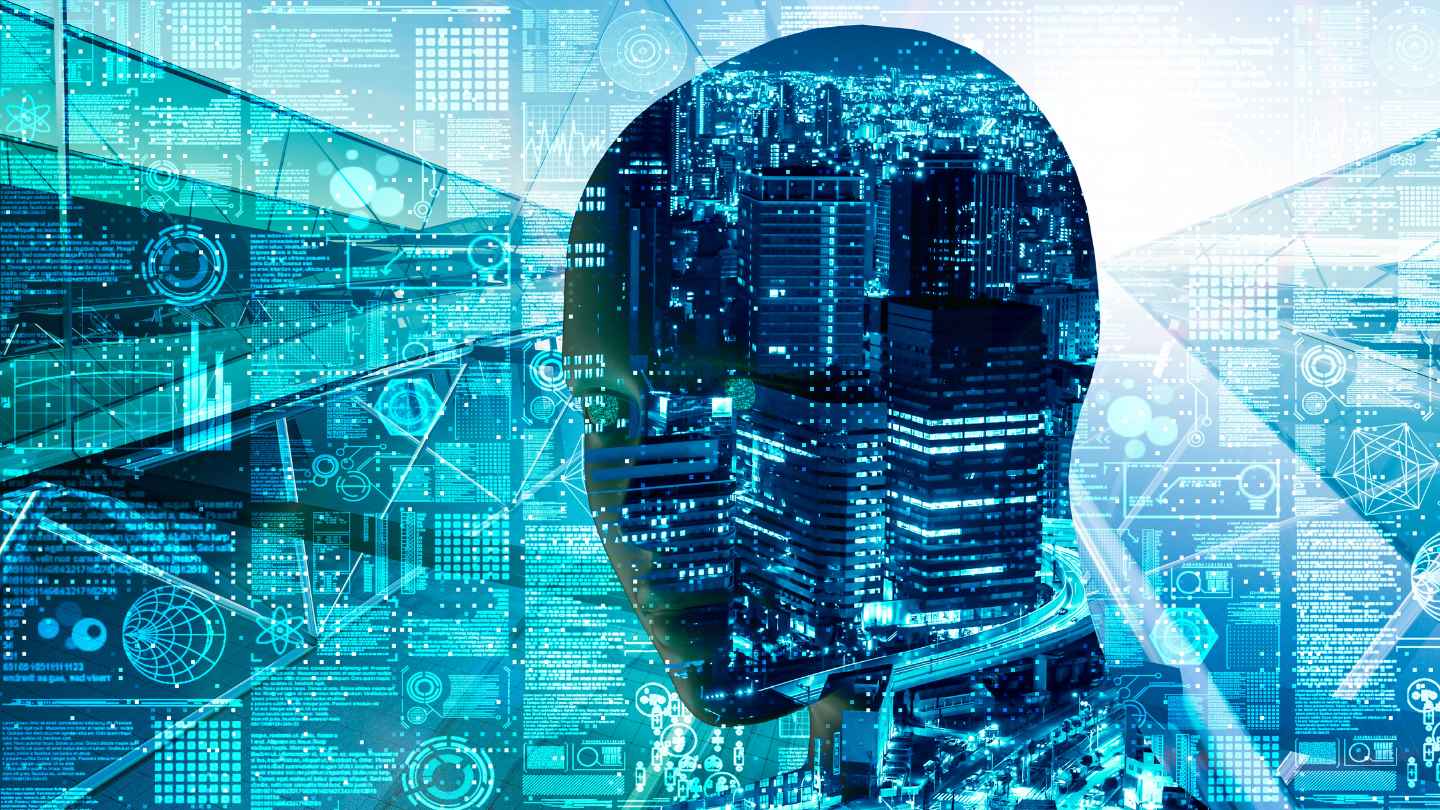
2. Software Development
AI-powered coding assistants like GitHub Copilot and Replit Ghostwriter have changed how developers write software. By analyzing vast code repositories, these tools can suggest snippets, debug code, and even build small applications autonomously.
The result is faster development cycles, fewer errors, and a lower entry barrier for new programmers. In fact, some experts predict that within a decade, AI-assisted coding will become the default—making development more about creativity and design than syntax memorization.
3. Healthcare and Biotechnology
Generative AI is also making breakthroughs in medicine. Models can now generate protein structures for drug discovery, design synthetic medical data for research, and even assist in medical imaging diagnostics.
For example, DeepMind’s AlphaFold solved one of biology’s greatest challenges: predicting 3D protein structures from amino acid sequences. This discovery is already accelerating drug development and personalized medicine, marking one of the most significant milestones in computational biology.
4. Education and Training
AI tutors and personalized learning platforms are adapting education to each student’s pace and style. Generative models can design custom quizzes, interactive lessons, or simulated scenarios for training professionals—from pilots to surgeons.
Imagine a student practicing debate with a lifelike AI opponent or a medical trainee performing virtual surgeries in an immersive simulation. This combination of AI and experiential learning is redefining what education means in the 21st century.
5. Business and Productivity
Corporations are embracing generative AI to automate repetitive tasks, analyze data, and enhance decision-making. In marketing, AI tools generate personalized campaigns. In finance, they summarize reports or predict trends. In HR, they help screen resumes or write job descriptions.
According to McKinsey, generative AI could add up to $4.4 trillion annually to the global economy—an impact comparable to the introduction of the internet itself.
The Ethical and Legal Challenges
Despite its promise, generative AI raises serious ethical and legal questions. Who owns AI-generated content? How do we prevent misinformation when machines can create hyper-realistic fake videos or text? And how can we ensure AI models don’t reproduce societal biases?
-
Copyright and Ownership
Many generative models are trained on publicly available data, including copyrighted works. This has sparked debates over intellectual property rights and led to lawsuits from artists, writers, and media companies. Regulators are now grappling with how to attribute ownership of AI-created material. -
Misinformation and Deepfakes
Deepfake videos and AI-generated news articles can spread misinformation rapidly. As AI-generated content becomes indistinguishable from reality, ensuring authenticity has become a critical challenge. Efforts are underway to develop digital watermarking and content verification systems to counter this threat. -
Bias and Fairness
AI models inherit the biases present in their training data. This can lead to discriminatory outputs, especially in hiring, lending, or law enforcement applications. Addressing these biases requires transparent data curation and continuous model auditing. -
Job Displacement
Automation through generative AI will inevitably change job landscapes. While some roles will vanish, new ones will emerge—AI trainers, prompt engineers, data ethicists, and more. The focus must shift toward reskilling and human-AI collaboration, rather than resistance to change.
The Future: Human-AI Collaboration
The future of generative AI isn’t about replacing humans—it’s about augmenting human potential. As AI systems grow more capable, the most successful individuals and organizations will be those that learn to work with AI, not against it.
We can expect future workplaces where AI handles routine analysis while humans focus on creativity, strategy, and emotional intelligence. In art, writing, or coding, AI can serve as a brainstorming partner—enhancing output without diluting authenticity.
Furthermore, AI regulation is expected to mature, ensuring responsible innovation. Governments and tech companies are collaborating on frameworks that promote transparency, data privacy, and safety. The European Union’s AI Act, for instance, is a step toward defining how AI systems should be deployed ethically and legally.
The Next Technological Revolution
If the industrial age mechanized physical labor and the digital age automated information, the AI age is automating intelligence itself. Generative AI represents a leap not just in technology, but in human evolution. It’s expanding what it means to think, create, and communicate.
Imagine a future where doctors collaborate with AI to design treatments, artists co-create music with digital partners, and businesses operate with machine-augmented strategy. This is not a distant dream—it’s already happening.
But with great power comes great responsibility. As society embraces AI, we must balance innovation with ethics, convenience with privacy, and progress with purpose.
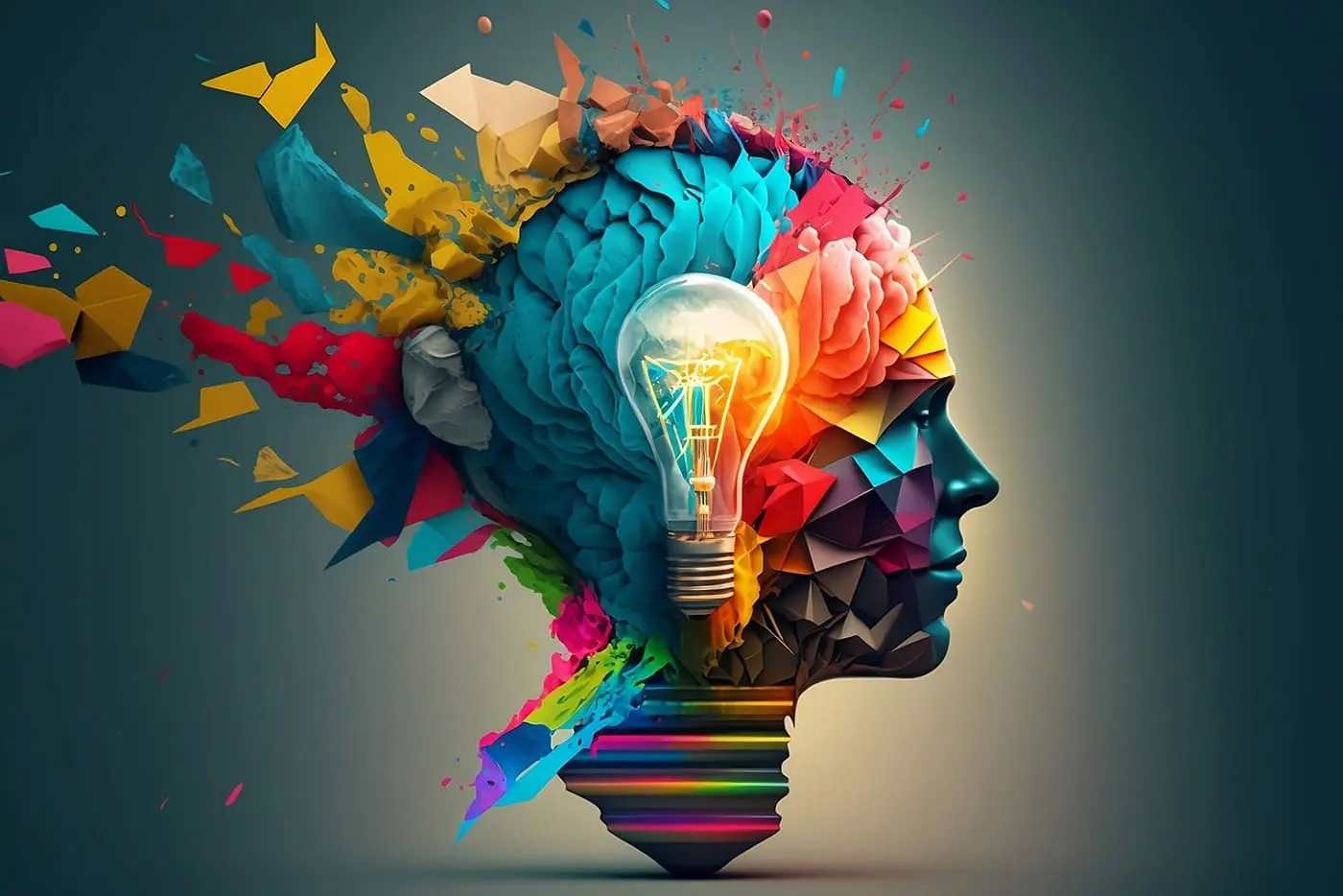
Conclusion
Generative AI stands at the crossroads of creativity and computation. Its rise signals a new era in which machines are no longer just tools—they are collaborators, capable of generating ideas, art, and solutions once thought uniquely human.
However, this transformation demands careful stewardship. The challenge for humanity is not whether AI can replace us, but how we can integrate it responsibly to amplify our potential and preserve our values.
The next decade will define how we coexist with intelligent machines. If guided wisely, generative AI could become the greatest enabler of human progress in history—ushering in a future where technology doesn’t just serve us, but helps us become more human than ever before.

